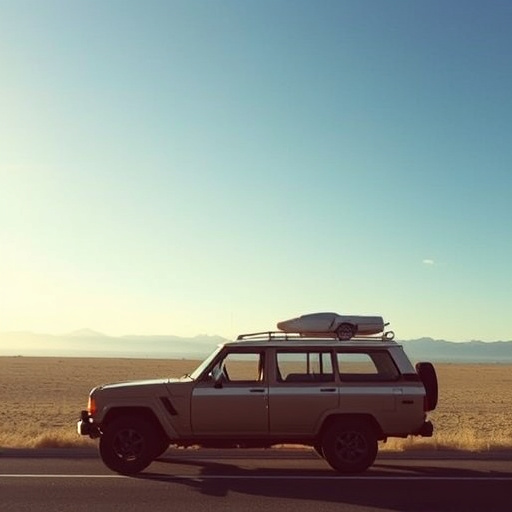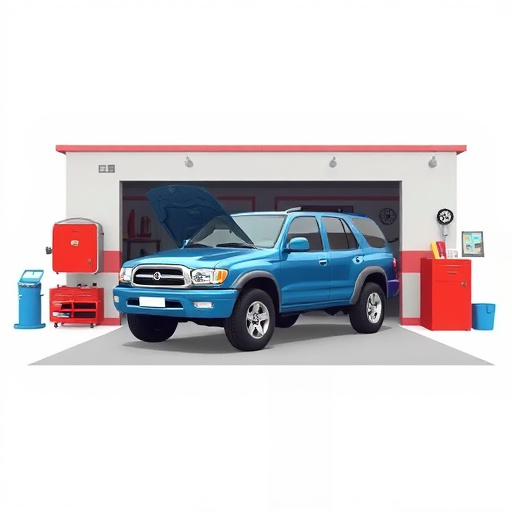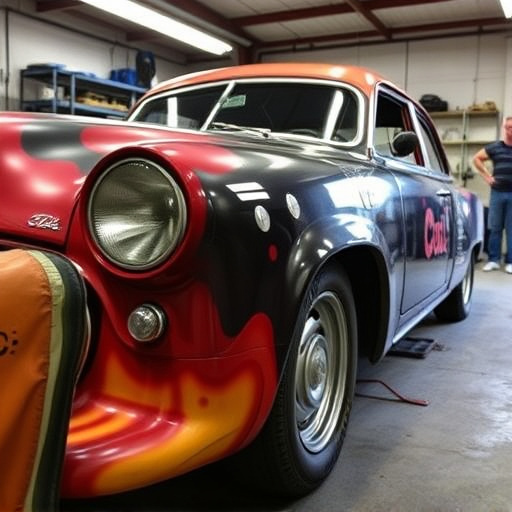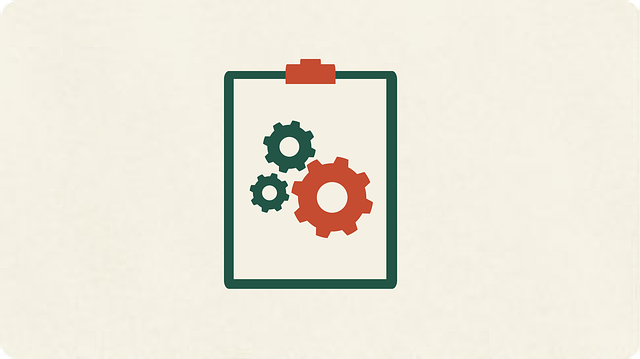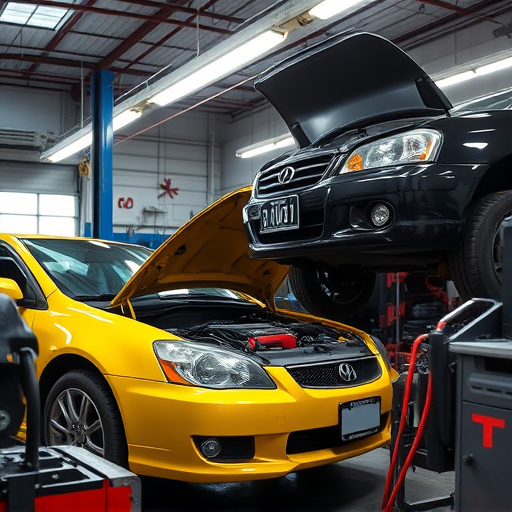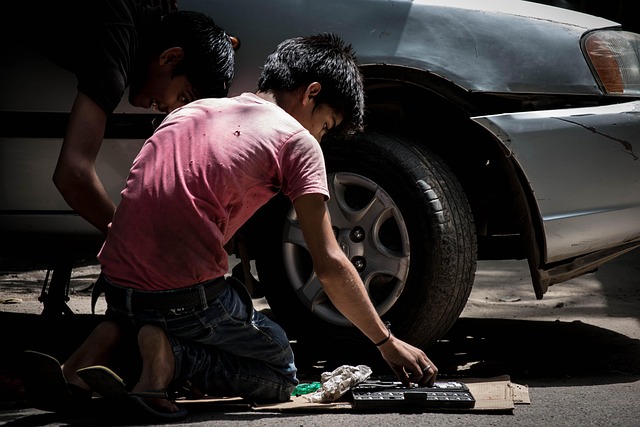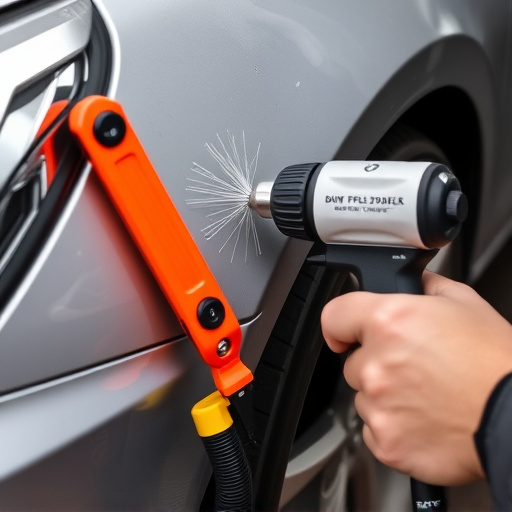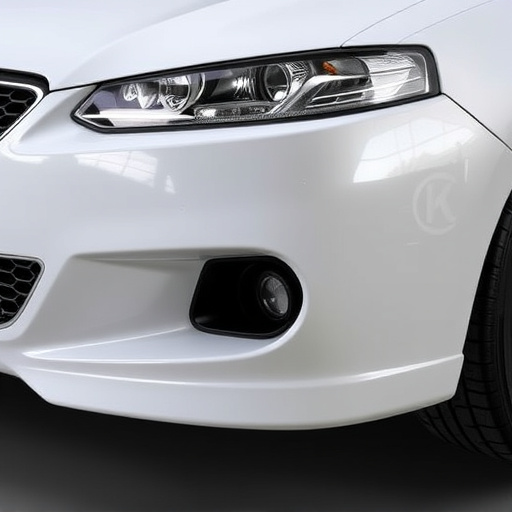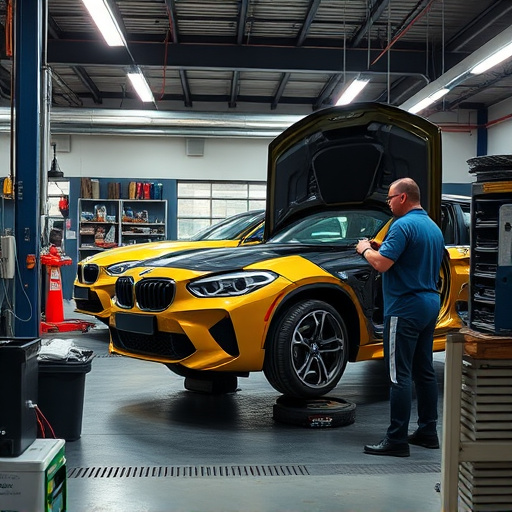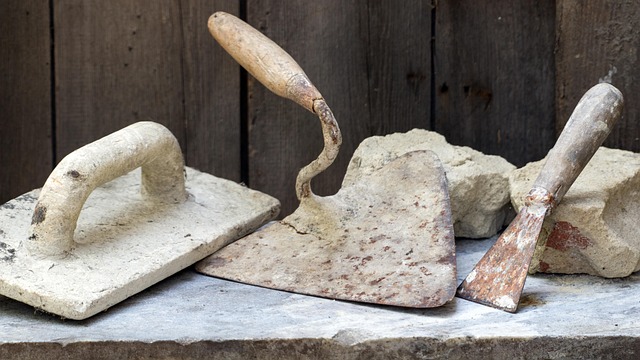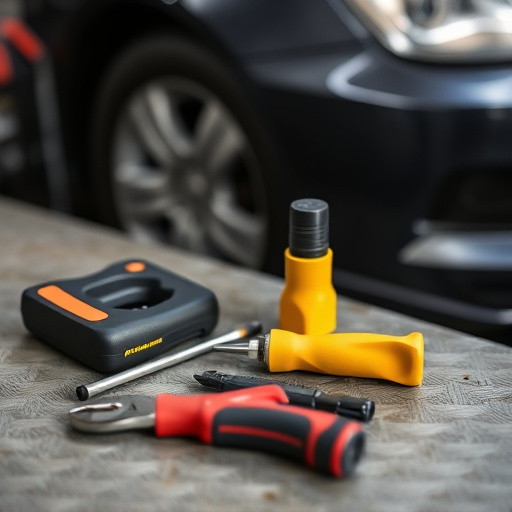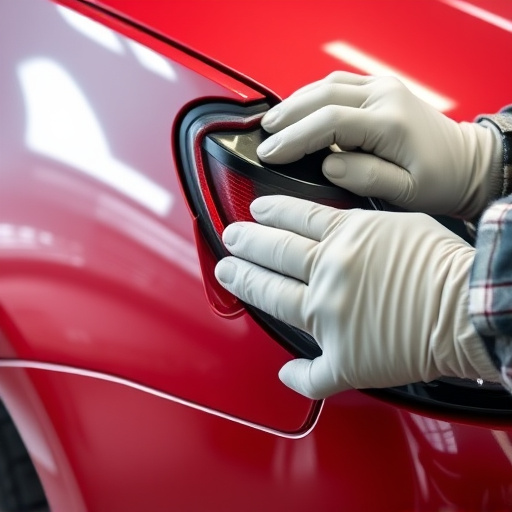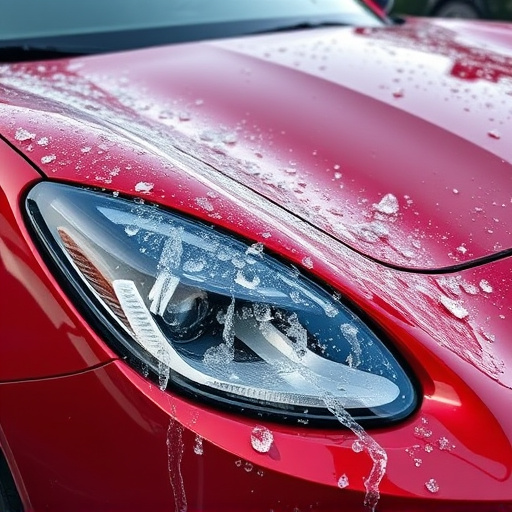Pearl finishes pose unique challenges in collision repair due to their microscopic layers of depth and iridescence, requiring precise blending techniques and specialized tools for restoration. Matte finish collision repairs also demand advanced matching and blending skills, with technicians using tailored paints, high-tech sanders, and computer-aided systems to achieve visual perfection that matches gloss level and texture. Skilled professionals in both pearl and matte finishes ensure cars look good and possess indelible aesthetic appeal, setting them apart in the industry.
Pearl finish collision repair stands out from traditional matte finish repairs due to its intricate surface properties. This premium aesthetic, while visually stunning, presents unique challenges for technicians. From understanding the complex restoration process to mastering matching and blending techniques, every step demands precision and expertise. This article delves into these nuances, exploring why pearl finishes are more than meets the eye in the world of collision repair.
- Unique Surface Properties: Challenges of Pearl Finish
- Complex Restoration Process: Techniques and Tools
- Restoring Aesthetics: Matching and Blending Techniques
Unique Surface Properties: Challenges of Pearl Finish

The unique surface properties of pearl finish present significant challenges for collision repair professionals compared to matte finishes or other more conventional paint types. Pearl finishes are known for their depth and complexity, featuring intricate microscopic layers that create a lustrous, iridescent effect. This multi-dimensional quality makes it harder to match both the visual appearance and tactile feel of the original pearl surface during the vehicle body repair process.
When repairing a car dent or fender bender with a pearl finish, technicians must carefully consider the application of touch-up paint. The subtle nuances in color and sheen within the pearl finish require precise blending techniques to avoid visible patches or inconsistencies. Moreover, the delicate nature of these finishes makes them more susceptible to scuffs and scratches during the repair process, necessitating extra care and specialized tools to ensure a seamless, high-quality restoration.
Complex Restoration Process: Techniques and Tools

The restoration process for pearl finish collision repair is significantly more intricate compared to traditional matte finish collision repairs. This complexity arises from the delicate nature of achieving a perfect match with the vehicle’s original paint, especially when dealing with modern car finishes that often feature advanced color and gloss variations.
Skilled technicians employ specialized techniques such as custom mixing of paint to create an exact color match, precise application using airbrush tools for even distribution of pigment, and careful curing processes. Advanced tools like computer-aided paint matching systems and high-tech sanders with varying grit sizes further enhance the precision and quality of the restoration. Additionally, auto glass replacement plays a crucial role, ensuring that the vehicle’s overall appearance is restored seamlessly, including the window frames and surrounding areas. Vehicle paint repair techniques used in pearl finish collision repairs demand a keen eye for detail to match not just the color but also the gloss level and texture, making it a specialized service within the broader collision repair services industry.
Restoring Aesthetics: Matching and Blending Techniques

Restoring Aesthetics: Matching and Blending Techniques in Pearl Finish Collision Repair
When it comes to matte finish collision repair, achieving precision and visual perfection is a delicate art. Unlike shiny or gloss finishes that hide imperfections, pearl finishes reveal subtle nuances and require meticulous attention to detail. Auto body shops specializing in this intricate process employ advanced matching and blending techniques to ensure the restored car looks as good as new.
The challenge lies in precisely duplicating the original pearl finish, considering factors like color, texture, and luster. Skilled technicians utilize specialized tools and paints tailored for matte finishes, carefully applying and blending them to match surrounding areas seamlessly. This meticulous approach demands patience and an eye for detail, making it a crucial aspect of high-quality body shop services that leaves customers satisfied with the final aesthetic result.
Pearl finish collision repair stands out due to its intricate surface properties, making it significantly more complex than standard matte finish collision repair. The restoration process demands advanced techniques and specialized tools to achieve a flawless outcome. By mastering matching and blending, technicians can restore the unique aesthetic of pearl finishes, ensuring vehicles regain their original appeal and value.

